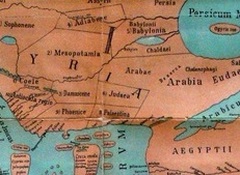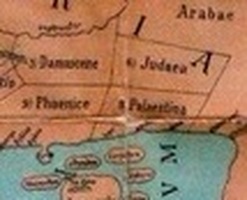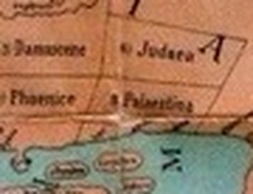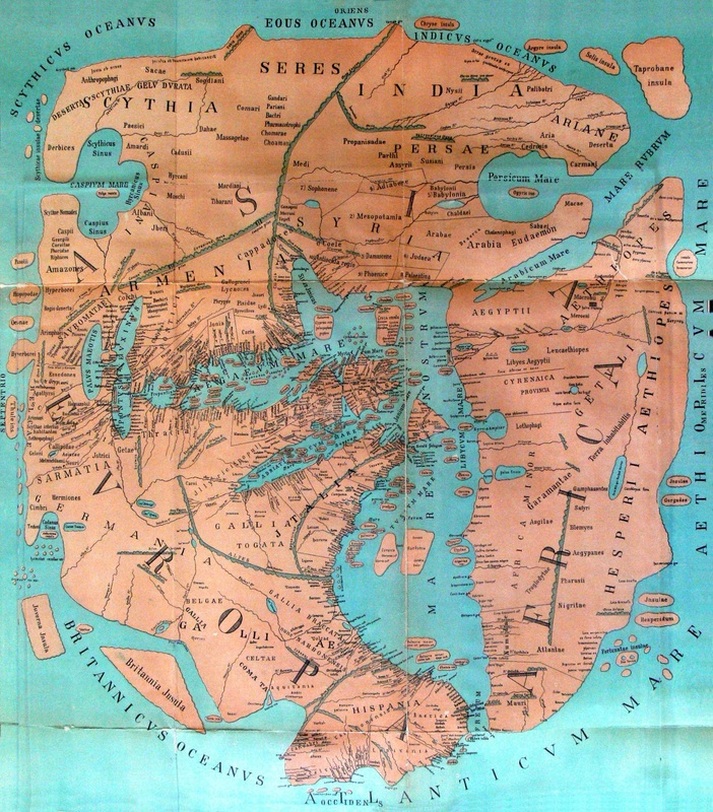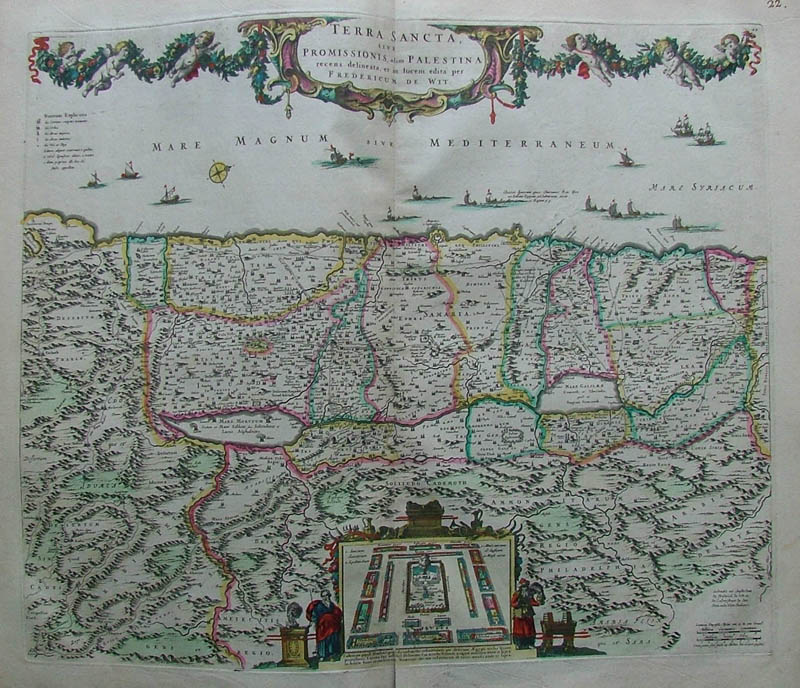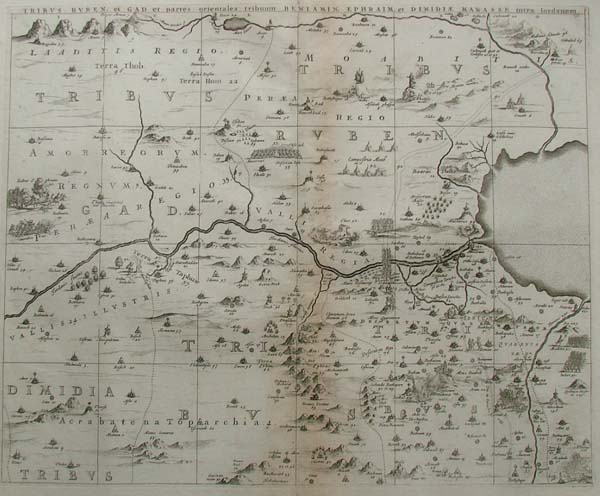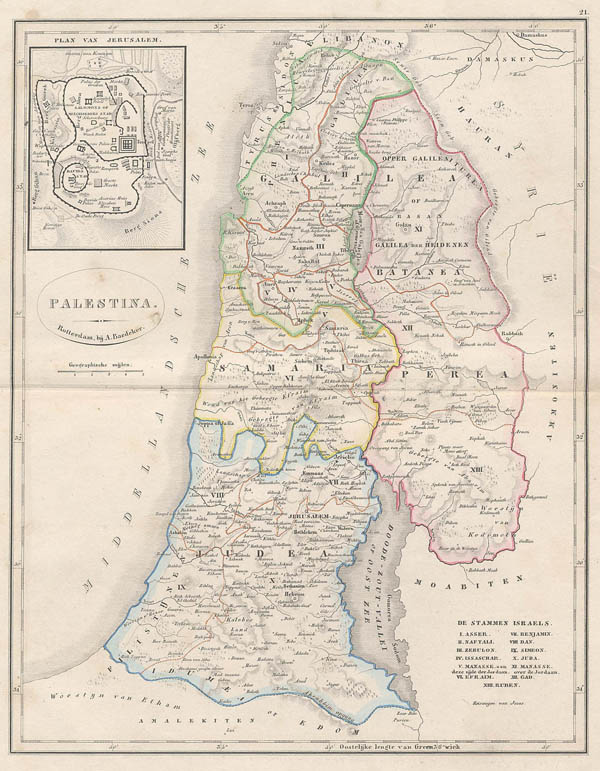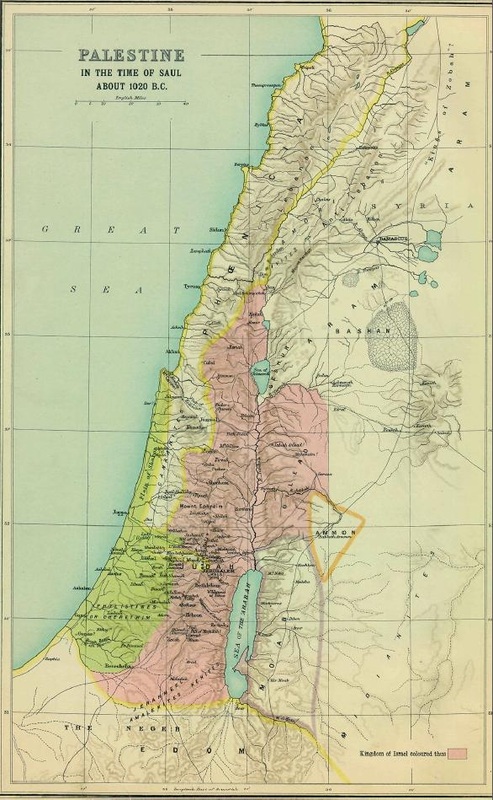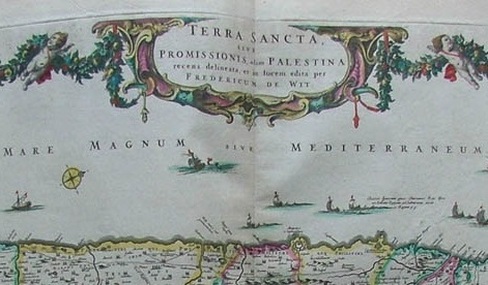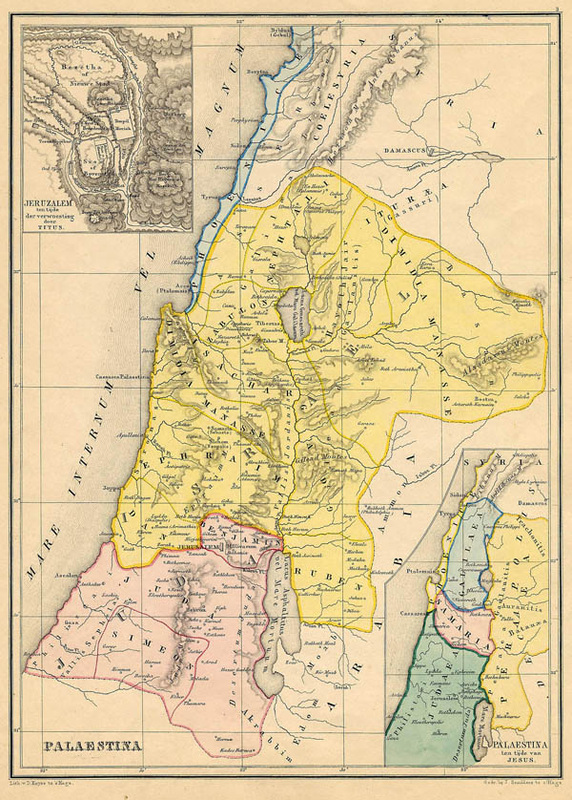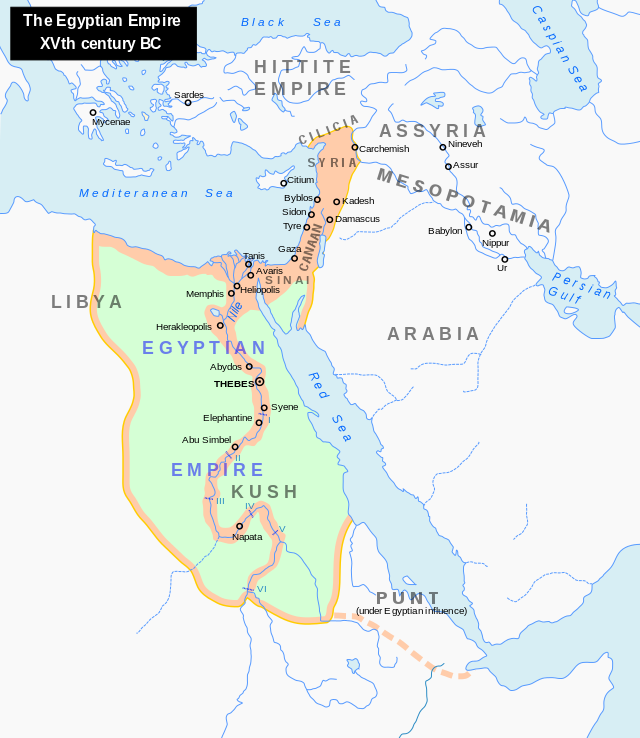|
1670, no "Israel" Map is called "Palestine"
1690, no "Israel" Map is called "Palestine"
1844, no "Israel" Map is called "Palestine"
|
1670, no "Israel" Map is called "Palestine"
1858, no "Israel" Map is called "Palestine"
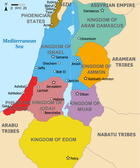
Developments in Palestine during this period have been the focus of debate between those who accept the version in the Hebrew Bible of the conquest of Canaan by the Israelite tribes, and those who reject it. Niels Peter Lemche, of the Copenhagen School of Biblical Studies, submits that the biblical picture of ancient Israel "is contrary to any image of ancient Palestinian society that can be established on the basis of ancient sources from Palestine or referring to Palestine and that there is no way this image in the Bible can be reconciled with the historical past of the region".
For example, according to Jon Schiller and Hermann Austel, among others, while in the past, the Bible story was seen as historical truth, "a growing number of archaeological scholars, particularly those of the minimalist school, are now insisting that Kings David and Solomon are 'no more real than King Arthur,' citing the lack of archaeological evidence attesting to the existence of the United Kingdom of Israel, and the unreliability of biblical texts, due to their being composed in a much later period." Sites and artifacts, including the Large Stone Structure, Mount Ebal, the Merneptah, and Mesha stelae, among others, are subject to widely varying historical interpretations: the "conservative camp" reconstructs the history of Israel according to the biblical text and views archaeological evidence in that context, while scholars in the minimalist or deconstructionist school hold that there is no archaeological evidence supporting the idea of a United Monarchy (or Israelite nation) and the biblical account is a religious mythology created by Judean scribes in the Persian and Hellenistic periods; a third camp of centrist |
scholars acknowledges the value of some isolated elements of the Pentateuch and of Deuteronomonistic accounts as potentially valid history of monarchic times that can be in accord with the archaeological evidence, but argue that nevertheless the biblical narrative should be understood as highly ideological and adapted to the needs of the community at the time of its compilation.
4000–3300 BC (Copper Age) Pre-history Palestinian period.
3300–1000 BC (Bronze Age and Iron Age I) The Canaanite and Egyptian period.
1000–732 BC (Iron Age IIA+B) The Israelite period.
Than the Neo-Assyrian Empire throw you out first time. Main article: Prehistory of Palestine
3300–1000 BC (Bronze Age and Iron Age I) The Canaanite and Egyptian period.
1000–732 BC (Iron Age IIA+B) The Israelite period.
Than the Neo-Assyrian Empire throw you out first time. Main article: Prehistory of Palestine
- Collapse of Canaanite cities, settlement increase in hill country and Transjordan
- 1030–930 BC: The United Kingdom of Israel: the kingdom of Saul, Ishbaal, David and Solomon.
- 928 BC: Kingdom splits into two kingdoms: Israel in the north and Judah (containing Jerusalem) in the south.
- Intrusion of Assyria into the region, states and cities lose independence.
Page: 2 - 1
